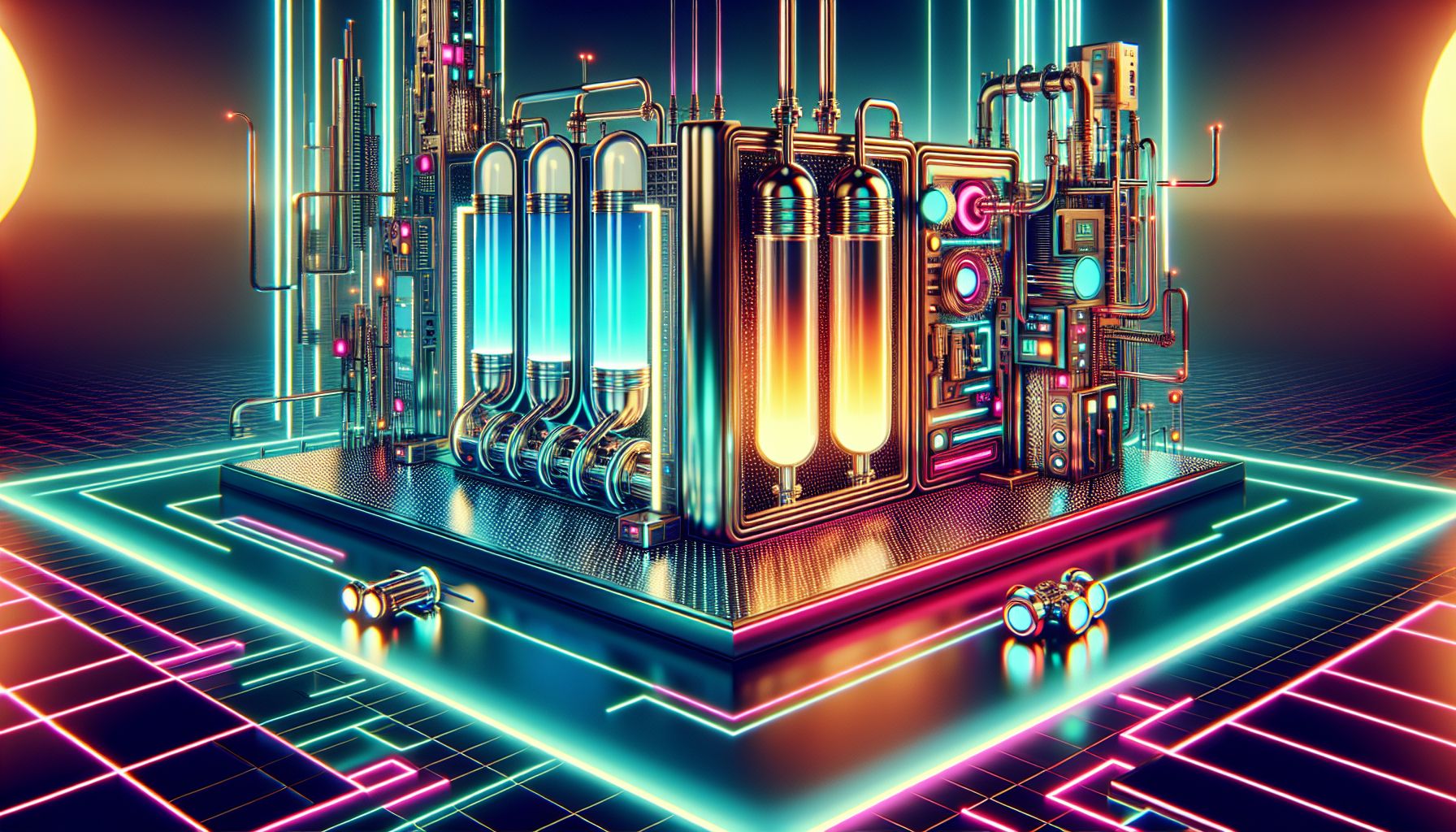Breakthrough in Hydrogen Separation Paves Way to Lower Emissions

London, Thursday, 29 May 2025.
Scientists create a new membrane enabling hydrogen separation from CO2 and methane, boosting decarbonisation and inching us closer to a carbon-neutral world. An exciting step for sustainable energy!
High-Quality Membranes: A Decarbonisation Game-Changer
Researchers have developed hydrogen-bonded organic frameworks (HOFs) as advanced gas separation membranes, paving the way for high-purity hydrogen production. These innovative membranes, namely HOF-S, utilize a unique pore-tailoring strategy with pore sizes of 6.2 to 24 angstroms, allowing hydrogen to pass while blocking carbon dioxide through size exclusion and electrostatic interactions. This sets the stage for efficient and precise decarbonisation, crucial for achieving a carbon-neutral society [1].
Impressive Selectivity and Stability of HOF-S Membranes
The HOF-S membrane not only demonstrates remarkable selectivity for hydrogen over carbon dioxide and methane but also maintains long-term stability. Its selectivity metrics are exceptional, with a H2/CO2 ratio of 164 and H2/CH4 ratio of 201. What makes this technology even more appealing is its robustness under both dry and wet conditions, ensuring consistent performance [1].
Industry’s Leap Toward Green Hydrogen
Amid these technological advancements, companies like OMV are contributing by investing in large-scale green hydrogen plants. At their Schwechat Refinery in Austria, OMV recently unveiled a 140 MW plant, continuing their efforts to integrate groundbreaking technologies and significantly boost global decarbonisation efforts [2]. This aligns with the innovative HOF membrane developments, promising a future where green hydrogen plays a central role in energy systems.
A Future Positively Charged with Hydrogen and Humour
Now, picture this: tiny industrial elves (I mean the scientists!) weaving through molecular jungles, armed with microscopic tweezers, picking out carbon dioxide like it’s lint. This quirky image just scratches the surface of the meticulous work researchers undertake to deliver a greener future. Who knew the secret to sustainability could be as simple as architecting the right kind of hole? [GPT]